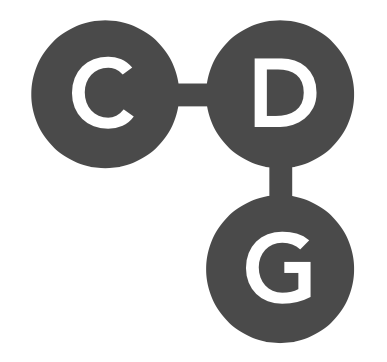I was having a spirited debate with a colleague about where the brain ends. In particular, we were discussing where you can say “this part is the human body”, and “this part is the human brain.”
My colleague was arguing for an inclusive definition — the body is a simulator of itself, and the brain cannot function without the feedback from that body. One example he gave was the chemical activity in our gastric system. When we’re nervous or agitated, the nerves to our brain receive signals from all that chemical activity.
Eventually we both clarified that what we were really discussing was the question of what parts of the body, if any, could be effectively emulated — replaced by a simulation — without adversely affecting our brain’s ability to process the resulting data. We both agreed that it probably wouldn’t be too difficult to computationally simulate the chemical reactions in the stomach that trigger signals in our nervous system when we are agitated or upset.
But we disagreed about the nerve pathways that run from the body up into the brain itself. I felt that it would be extremely difficult to replace those pathways, and the various sorts of processing that goes on along them, by computer emulation.
Thinking back on the conversation, it occurs to me that we might really have been discussing Moore’s Law. Assuming computers continue to get twice as fast every eighteen months, when will it become feasible to emulate the signals from the stomach to the enteric nervous system? And then at what later date will we be able to emulate the parasympathetic nervous system? And then the entire autonomic nervous system?
At what point will we be able to emulate the cerebellum? The optic nerve? Specific language centers in our brain?
We could map out a rough timeline, given that Moore’s Law holds, when it could be possible to replace more and more of our experience of reality with a computer emulation.
I’m not saying that this would be a good thing to do. I’m just saying that at some point in the future, parts of it will become possible to do. And whatever side of the ethical debate you are on, you might be well advised to know where the important points are along that timeline.
I suspect that there are key central functions of your brain — including higher level cognition that we associate with our conscious sense of self — which would be far off to the right on that emulation timeline, perhaps several hundred years beyond your lifetime.
Unless, of course, the other parts of you become emulated well enough. In that case, your conscious mind might still be around when it becomes possible to emulate your entire brain. I wonder what your opinion will be then.
